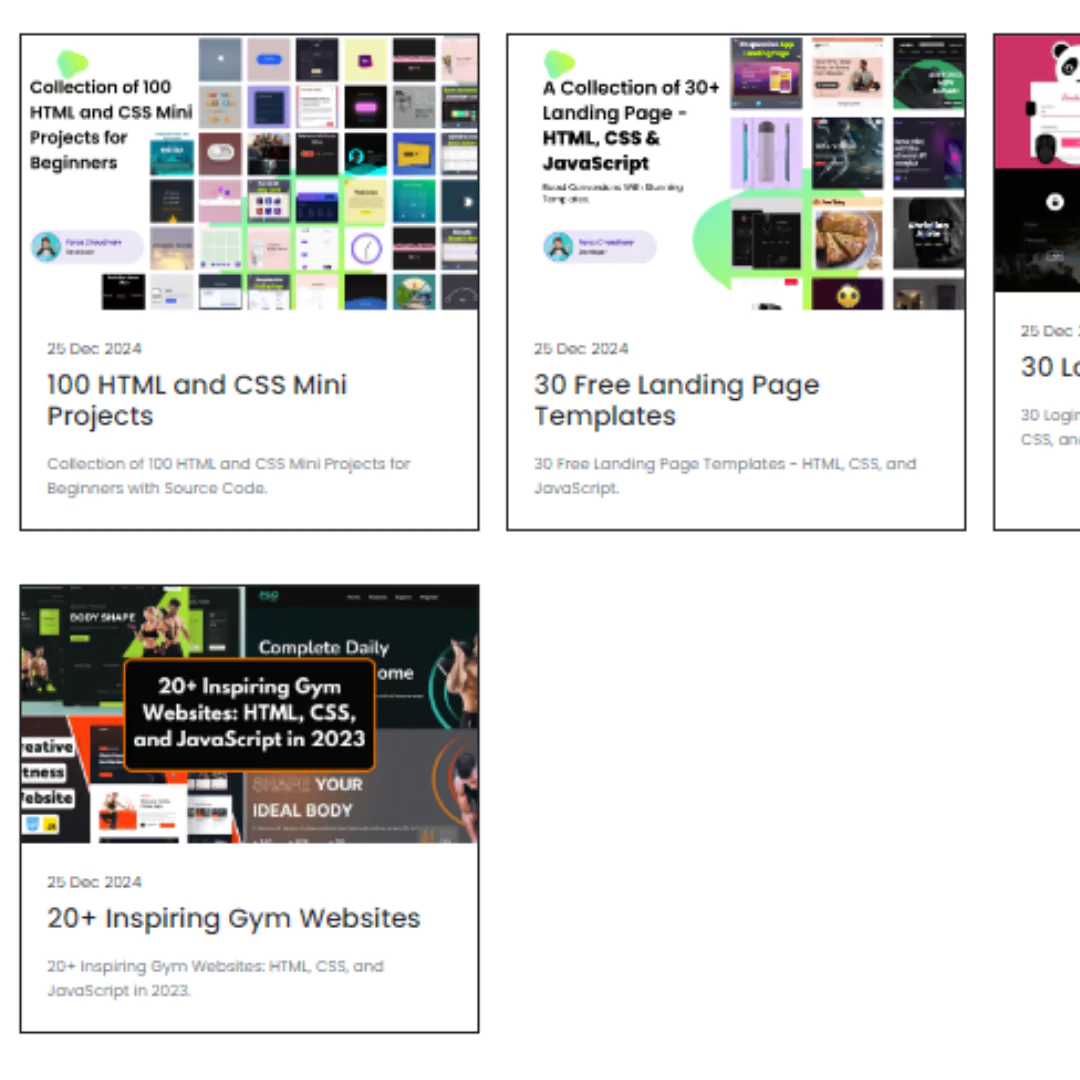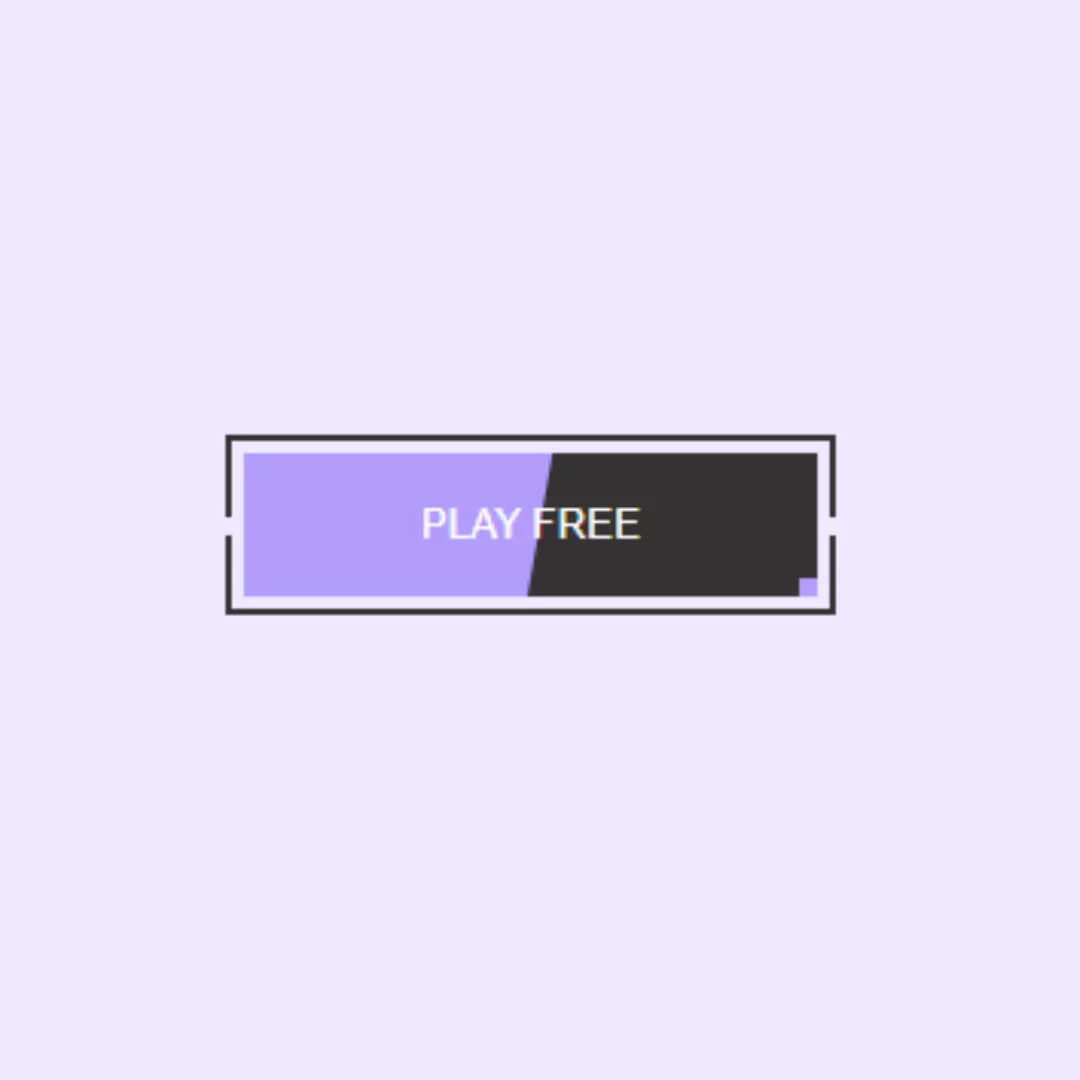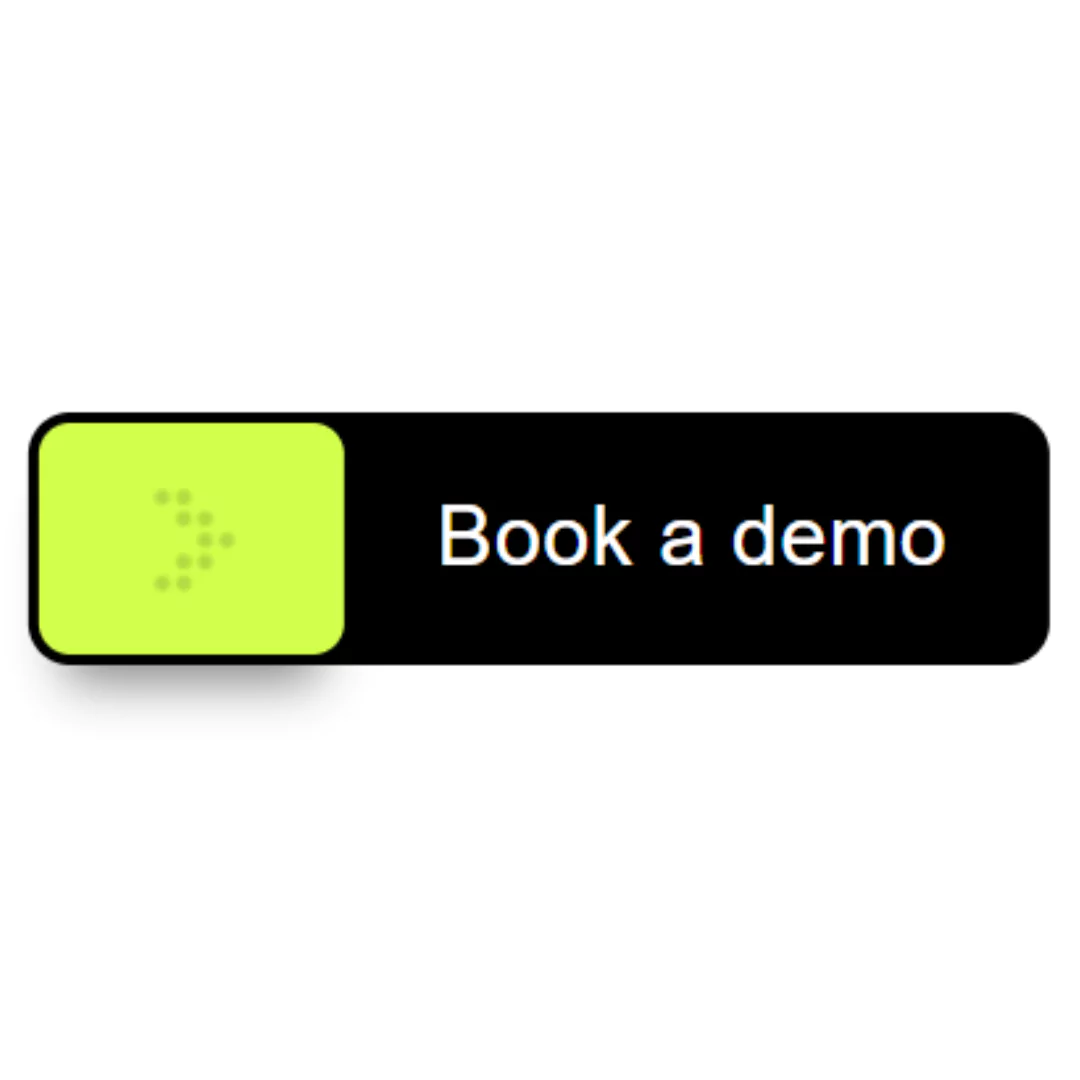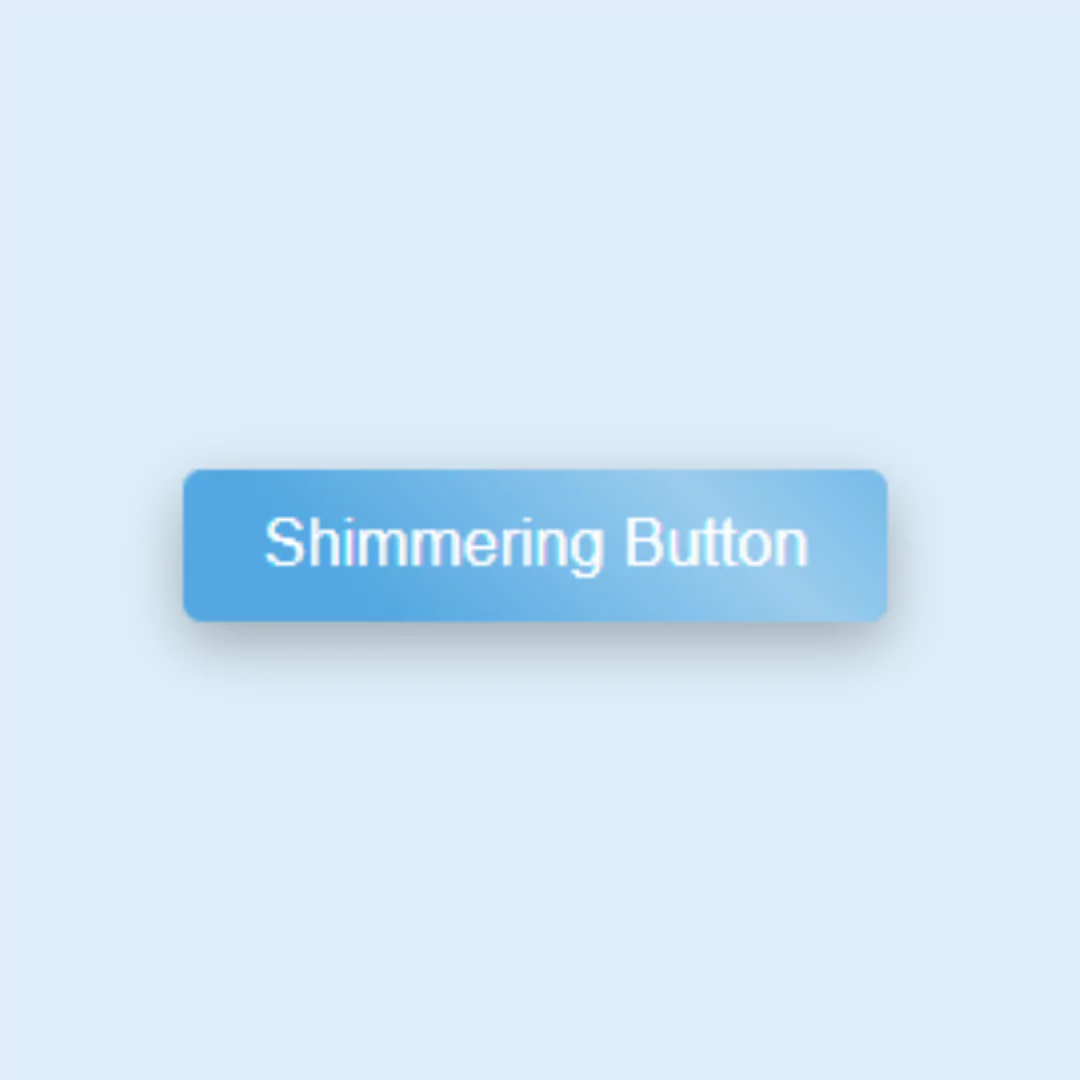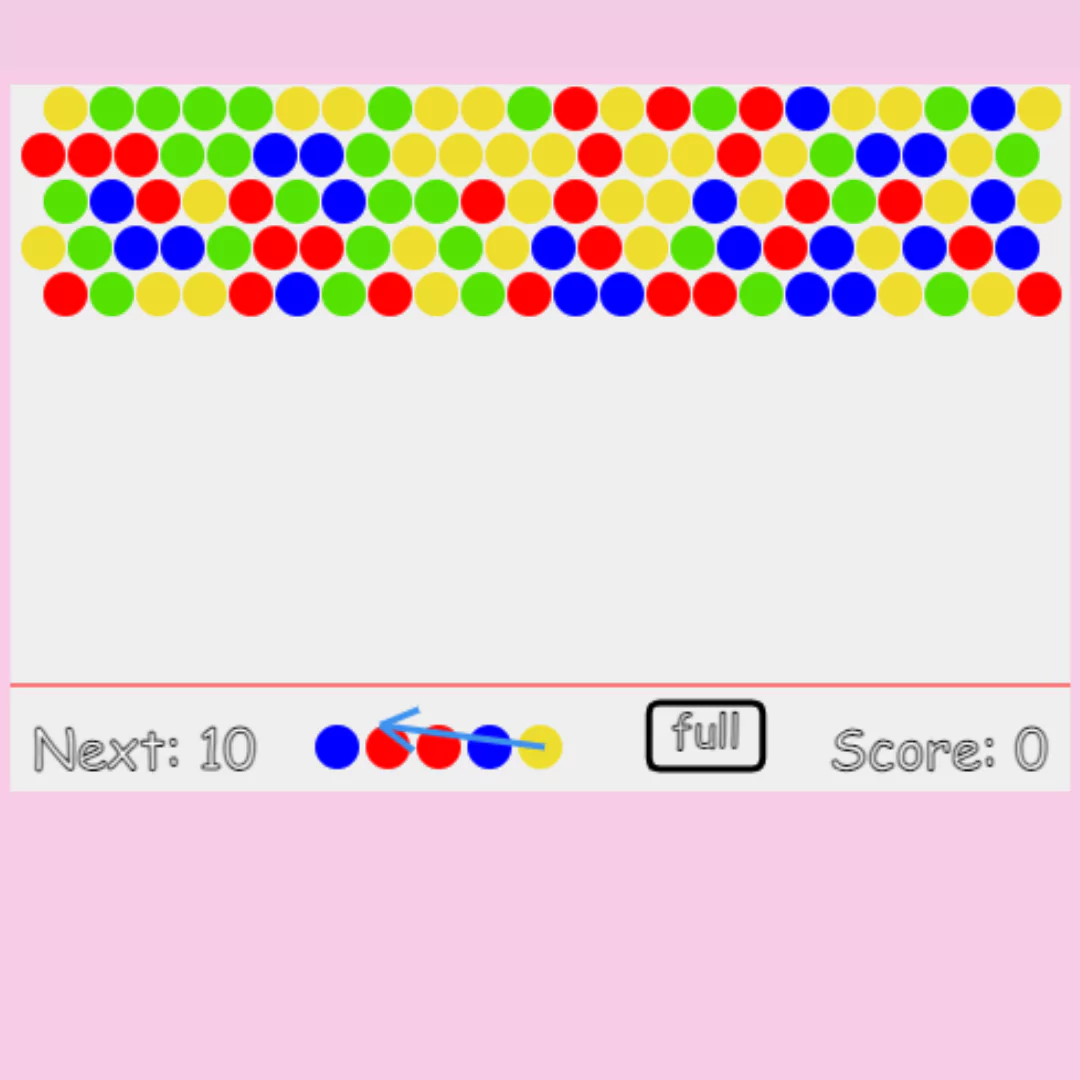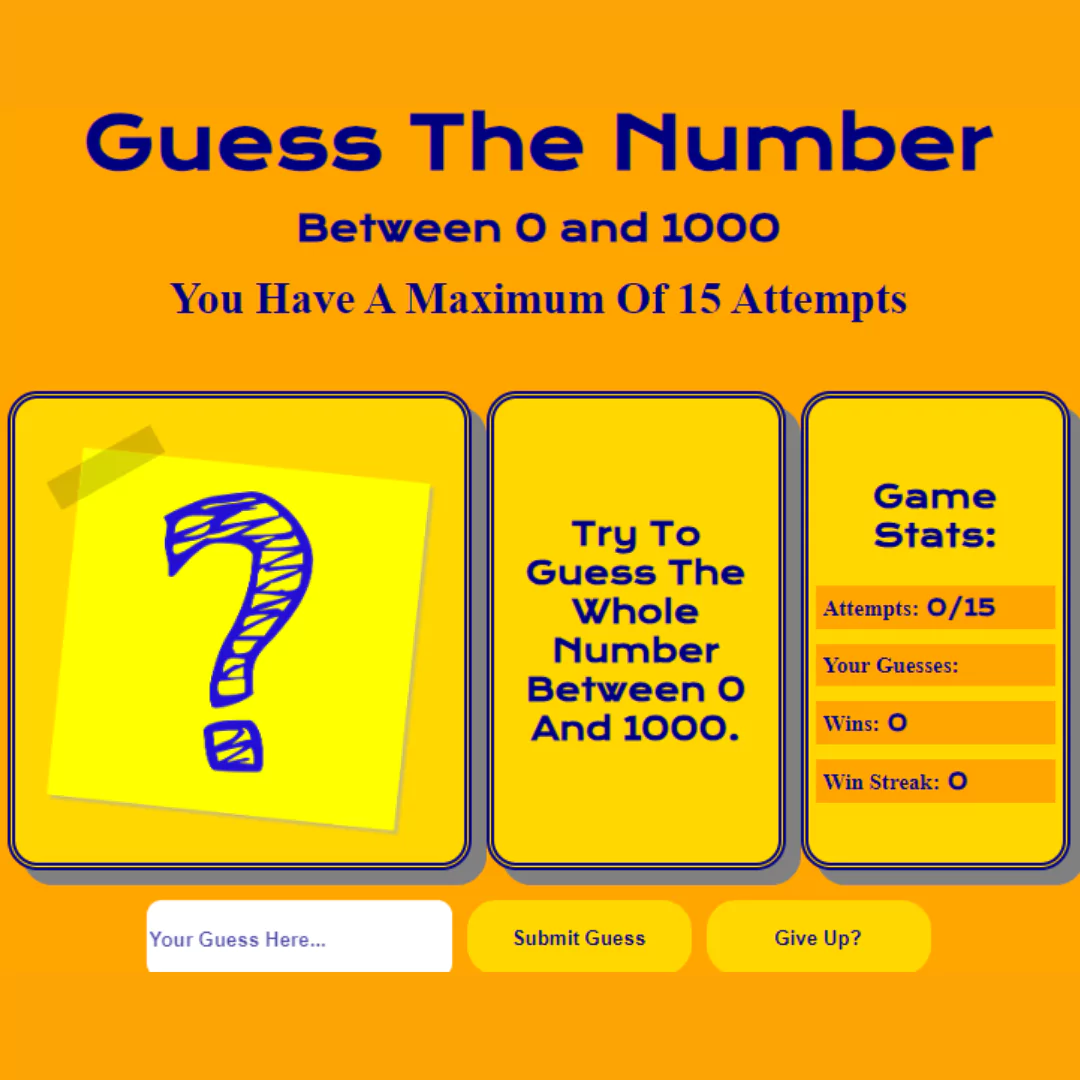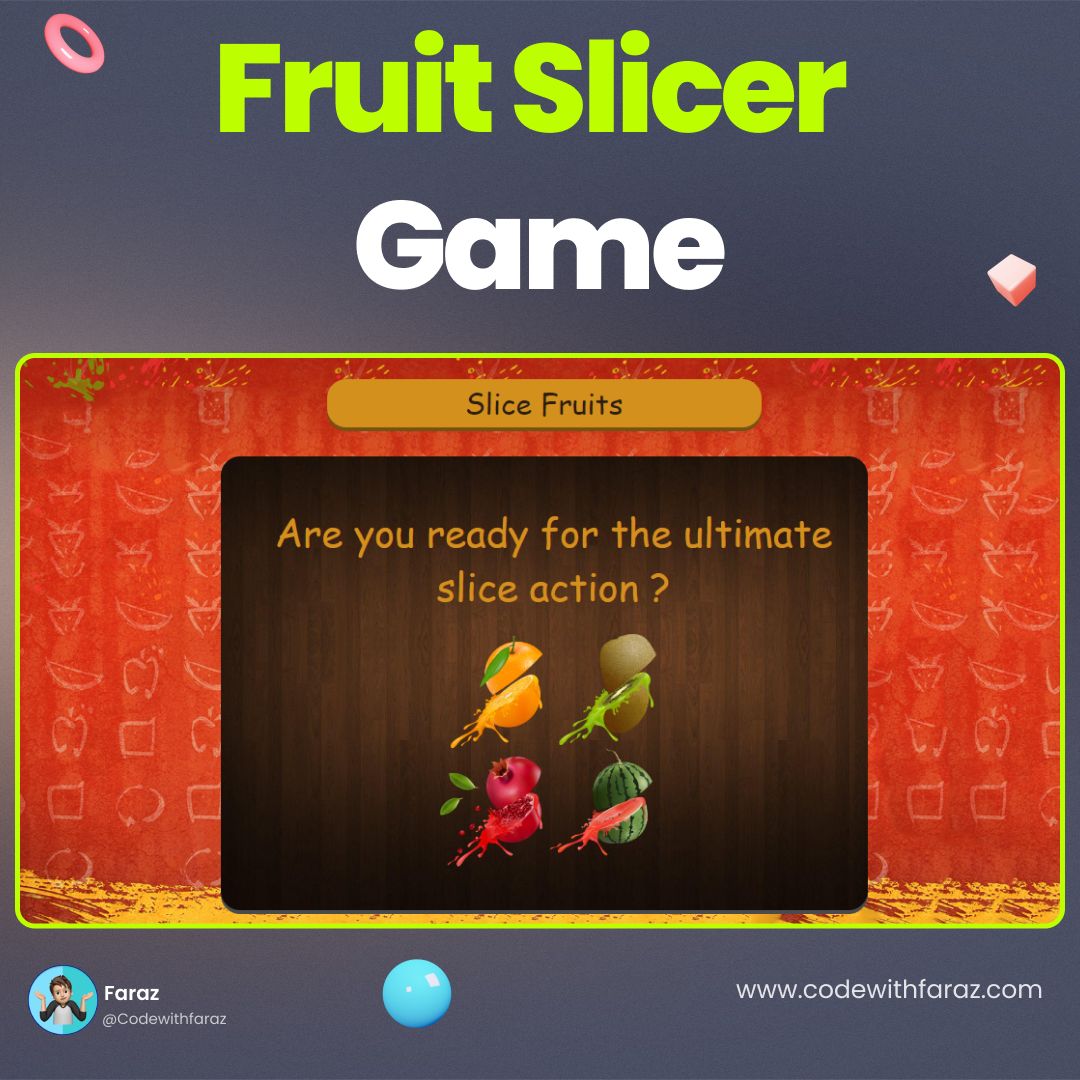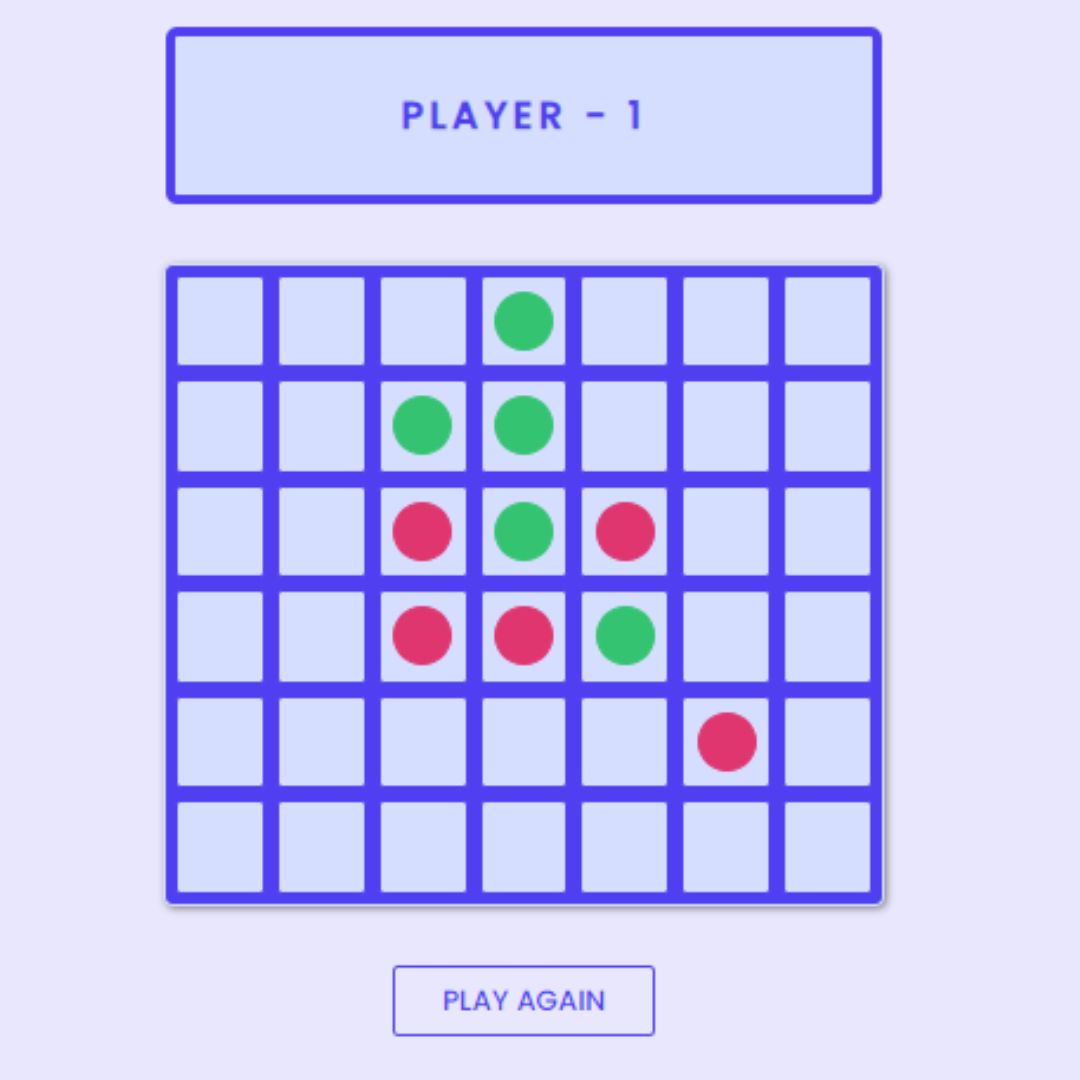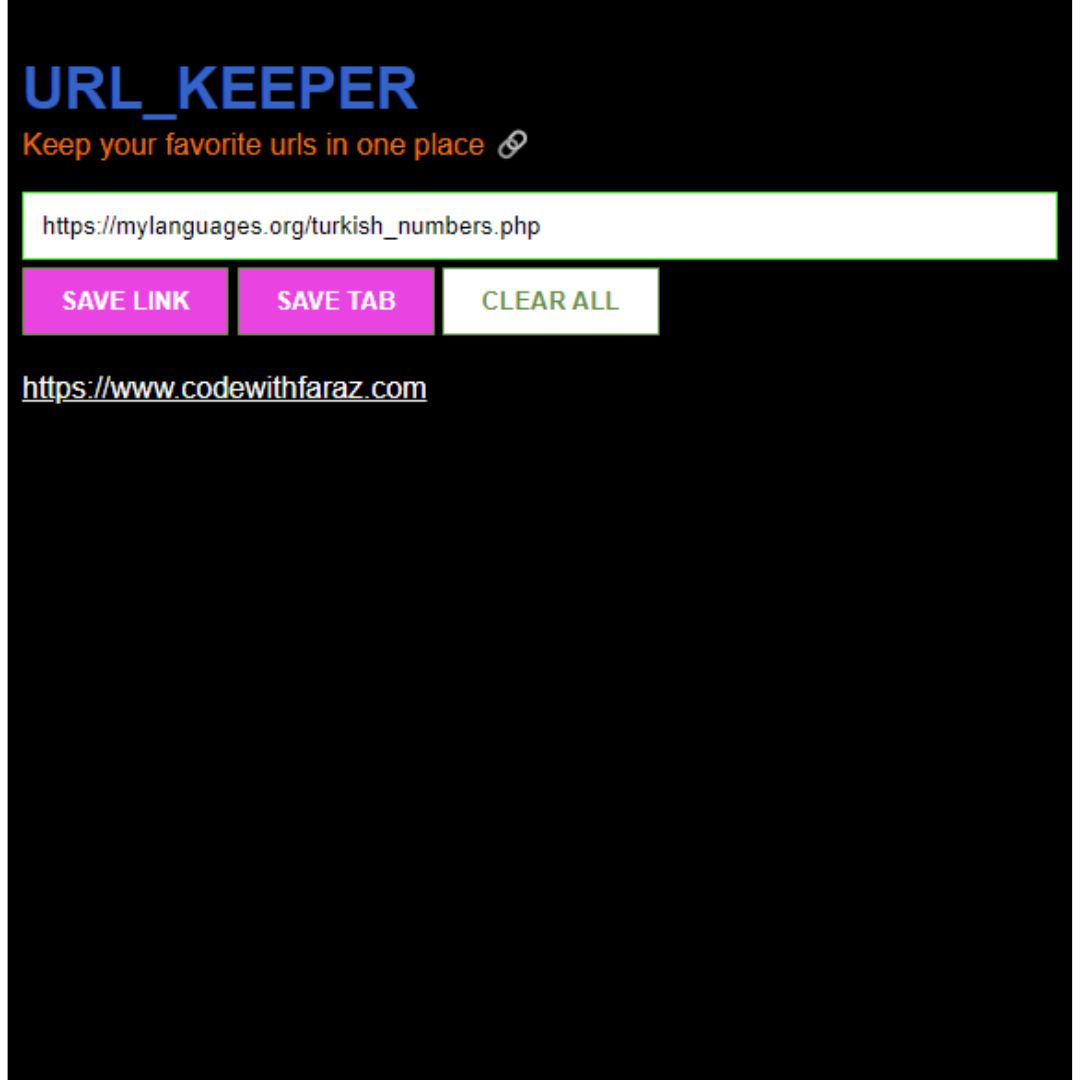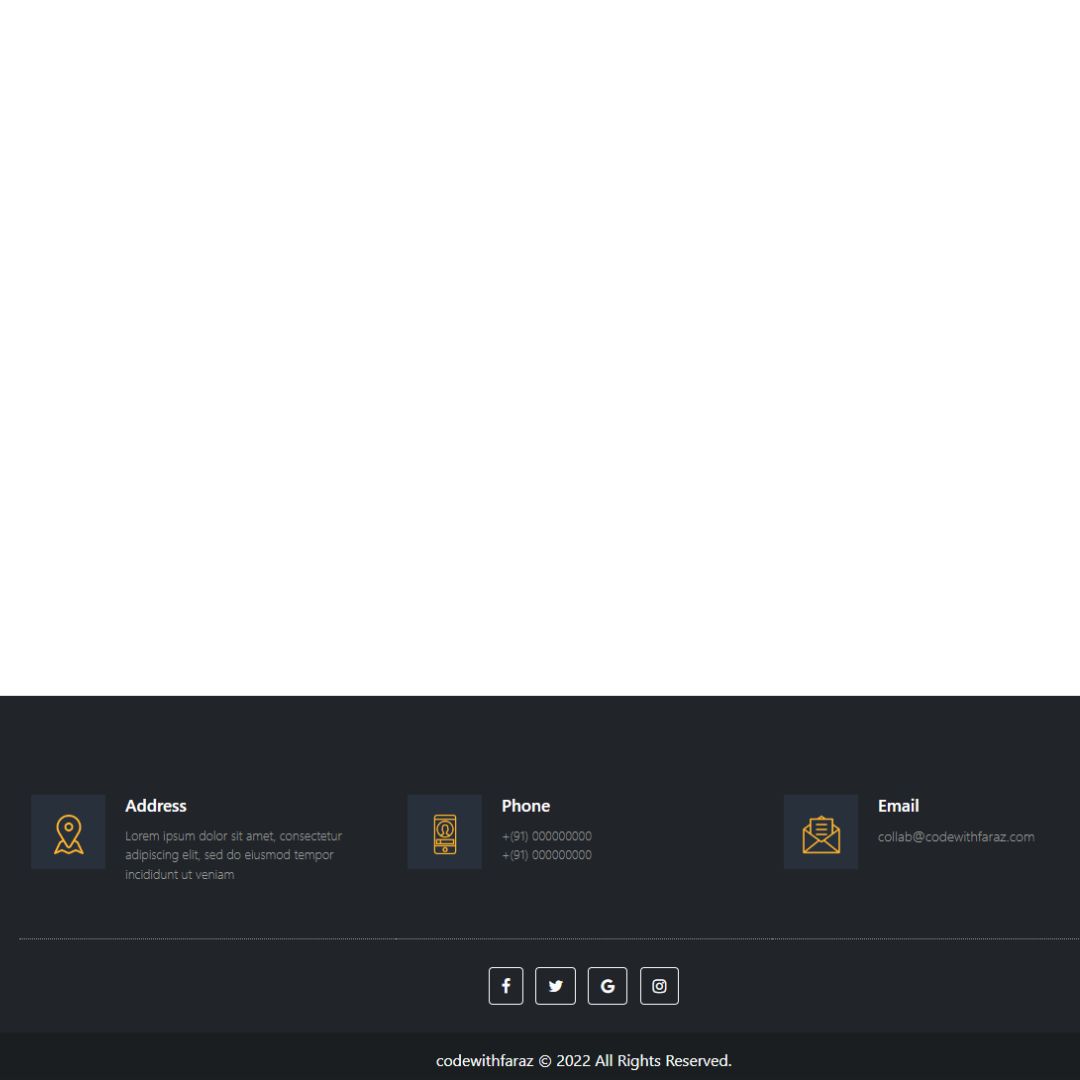Looking to add eye-catching text effects to your website? Dive into the world of the marquee tag in HTML and explore various techniques to control the scrolling text's direction, speed, and appearance.

HTML, the fundamental language of the web, provides various elements and tags to structure and present content. One such element is the Marquee tag, which allows you to create scrolling text and other dynamic effects on your webpage. In this article, we will explore the Marquee tag, how to use it, and its implications for SEO.
Table of Contents
- Introduction to Marquee Tag
- What is the Marquee Tag in HTML?
- Understanding the Basic Syntax of the Marquee Tag
- Exploring the Behavior and Attributes of the Marquee Tag
- Creating a Scrolling Text using the Marquee Tag
- Using Images with the Marquee Tag
- Adding Links within the Marquee Tag
- Styling the Marquee Tag using CSS
- Top Use Cases of the Marquee Tag
- Best Practices and Considerations
- Marquee Tag Deprecated
- Alternatives to the Marquee Tag
- SEO Considerations with Marquee Tag
- Conclusion
- Frequently Asked Questions (FAQs) about the Marquee Tag in HTML
I. Introduction to Marquee Tag
Have you ever visited a website that caught your attention with eye-catching animations? Well, the Marquee Tag in HTML is the secret behind those mesmerizing scrolling texts and images. In this article, we will explore the Marquee Tag, its functionalities, and how you can use it to add a touch of animation to your webpage. So, buckle up and get ready to make your website stand out!
II. What is the Marquee Tag in HTML?
The Marquee Tag is an HTML element that allows you to create a scrolling effect for text and images on your webpage. It adds a dynamic and interactive element, capturing the user's attention and making your content more engaging. By specifying the behavior, direction, and content of the marquee, you can achieve various scrolling effects.
III. Understanding the Basic Syntax of the Marquee Tag
The Marquee tag is an HTML element that is used to create scrolling content. It has a simple syntax and can be inserted directly into the body of an HTML document. The basic structure of the Marquee tag is as follows:
<marquee> Content to be scrolled goes here. </marquee>
IV. Exploring the Behavior and Attributes of the Marquee Tag
The Marquee tag comes with various attributes that control its behavior and appearance. Let's take a look at some of the commonly used attributes:
1. Looping Behavior
The loop attribute specifies the number of times the content should loop. By default, the content continues to scroll indefinitely. However, you can set a specific number of loops by using the following syntax:
<marquee loop="3"> Content to be scrolled goes here. </marquee>
Output
2. Direction Attribute
The direction attribute allows you to control the scrolling direction of the marquee. It accepts four values:
- left: Scrolls the content from right to left.
- right: Scrolls the content from left to right.
- up: Scrolls the content vertically from bottom to top.
- down: Scrolls the content vertically from top to bottom.
For example, to create a marquee that scrolls from left to right, you would use the following syntax:
<marquee direction="right">Text or image to scroll</marquee>
Output
3. Behavior Attribute
The behavior attribute defines how the marquee behaves when the content reaches the end. It also accepts four values:
- scroll: Scrolls the content continuously.
- slide: Scrolls the content once and stops at the end.
- alternate: Scrolls the content continuously, changing direction when it reaches the end.
- alternate-reverse: Similar to alternate, but starts with the opposite direction.
For instance, if you want the marquee to scroll continuously, you would use:
<marquee behavior="slide">Text or image to scroll</marquee>
Output
4. Speed Attribute
The scrollamount attribute determines the speed of the scrolling content. You can adjust it by specifying the number of pixels to scroll per second. For example:
<marquee scrollamount="10">Text or image to scroll</marquee>
This would make the content scroll at a speed of 10 pixels per second.
Output
5. Scrolldelay Attribute
The scrolldelay attribute controls the delay between each scroll iteration. It determines how long the content pauses before scrolling again. The value is specified in milliseconds. For instance:
<marquee scrolldelay="200"> Content to be scrolled goes here. </marquee>
Output
6. Width and Height Attributes
The width and height attributes allow you to define the dimensions of the Marquee tag. You can specify the values in pixels or percentage. Here's an example:
<marquee width="300" height="200"> Content to be scrolled goes here. </marquee>
Output
7. Bgcolor Attribute
The bgcolor attribute sets the background color for the scrolling content. It can be specified using a color name or a hexadecimal value. For example:
<marquee bgcolor="red"> Content to be scrolled goes here. </marquee>
Output
V. Creating a Scrolling Text using the Marquee Tag
To create a scrolling text using the Marquee tag, you can simply insert the desired text between the opening and closing Marquee tags. The text will scroll across the screen based on the default or specified attributes. Here's an example:
<marquee> Welcome to our website! </marquee>
Output
VI. Using Images with the Marquee Tag
In addition to scrolling text, the Marquee tag can also be used to create scrolling images. To achieve this, you can include the img element within the Marquee tags. Here's an example:
<marquee> <img src="image.jpg" alt="Scrolling Image"> </marquee>
Output
VII. Adding Links within the Marquee Tag
The Marquee tag can be further enhanced by incorporating links within the scrolling content. You can wrap the desired text or image with an anchor () tag to create a clickable link. Here's an example:
<marquee> <a href="https://example.com">Click here</a> to visit our website! </marquee>
Output
VIII. Styling the Marquee Tag using CSS
The appearance of the Marquee tag can be customized using CSS styles. You can target the Marquee tag using its element selector or assign it a class or ID for more specific styling. Here's an example:
<style>
marquee {
color: blue;
font-size: 16px;
font-weight: bold;
}
</style>
<marquee>
Styling the Marquee tag using CSS.
</marquee>Output
IX. Top Use Cases of the Marquee Tag
- Attract Attention: The marquee tag is an excellent tool for highlighting important announcements or promotional offers on your website.
- News Tickers: Use the marquee tag to create dynamic news tickers that display the latest headlines or updates.
- Advertisements: Grab users' attention by showcasing advertisements or product promotions in a scrolling format.
- Slideshow Effect: Combine multiple images within a marquee tag to create a visually appealing slideshow effect on your website.
- Text Animation: Utilize the marquee tag to animate text, creating a sense of movement and engagement.
X. Best Practices and Considerations
When using the marquee tag, it's important to keep in mind the following best practices and considerations:
- Avoid excessive or distracting use of the marquee tag, as it may negatively impact the user experience.
- Ensure the scrolling text is easily readable and doesn't blend with the background or other elements.
- Provide alternative ways to access the content for users who may find the scrolling text difficult to read or navigate.
- Test the marquee tag across different browsers and devices to ensure consistent behavior and compatibility.
XI. Marquee Tag Deprecated
It's important to note that the Marquee tag is deprecated in HTML5. Although most modern browsers still support it for backward compatibility reasons, it's considered bad practice to use it in modern web development. Instead, it's recommended to achieve similar effects using CSS animations or JavaScript.
XII. Alternatives to the Marquee Tag
While the marquee tag is supported by most browsers, it is considered deprecated in HTML5. Here are some alternatives to achieve similar text animation effects:
- CSS animations: Utilize CSS keyframes and animations to create custom text animation effects.
- JavaScript libraries: Explore JavaScript libraries like GSAP (GreenSock Animation Platform) or Animate.css to achieve advanced text animation effects.
- SVG animations: Use SVG (Scalable Vector Graphics) and animation libraries like Snap.svg or Vivus to create dynamic and interactive text animations.
XIII. SEO Considerations with Marquee Tag
From an SEO perspective, it's important to understand that search engines may not interpret and index the content within the Marquee tag accurately. The scrolling nature of the content may confuse search engine crawlers, potentially leading to indexing issues. It's advisable to use SEO-friendly techniques and focus on providing relevant and accessible content for better search engine visibility.
XIV. Conclusion
The Marquee Tag in HTML is a simple yet effective way to add animated scrolling content to your webpage. By utilizing attributes like direction, behavior, and scrollamount, you can create captivating animations that enhance user engagement. However, it's important to exercise restraint and use animations wisely to ensure a positive user experience. Remember, in the ever-evolving world of web development, exploring alternative animation techniques is highly recommended.
So, go ahead and experiment with the Marquee Tag, but remember to keep your animations tasteful, purposeful, and user-friendly.
XV. Frequently Asked Questions (FAQs) about the Marquee Tag in HTML
Q1: Are there any limitations to using the marquee tag?
A1: While the marquee tag is a versatile element, it is no longer a part of the HTML standard and may not be supported by all browsers. It is recommended to use alternative techniques, such as CSS animations, for broader compatibility.
Q2: Can I use the Marquee Tag in HTML5?
A2: While the Marquee Tag is supported in most web browsers, it is considered deprecated in HTML5. It is recommended to use CSS animations or JavaScript libraries for more advanced and cross-browser compatible animations.
Q3: Can I use images or links within the Marquee tag?
A3: Yes, you can include images or links within the Marquee tag by using the appropriate HTML elements. For images, use the img tag, and for links, use the a tag.
Q4: Are there any SEO benefits of using the Marquee tag?
A4: No, using the Marquee tag does not provide any direct SEO benefits. In fact, it may have negative implications on search engine indexing and user experience.
Q5: What are some popular alternatives to the Marquee tag?
A5: CSS animations, JavaScript libraries like jQuery and GSAP, and other modern web animation techniques are popular alternatives to the Marquee tag.
That’s a wrap!
Thank you for taking the time to read this article! I hope you found it informative and enjoyable. If you did, please consider sharing it with your friends and followers. Your support helps me continue creating content like this.
Stay updated with our latest content by signing up for our email newsletter! Be the first to know about new articles and exciting updates directly in your inbox. Don't miss out—subscribe today!
If you'd like to support my work directly, you can buy me a coffee . Your generosity is greatly appreciated and helps me keep bringing you high-quality articles.
Thanks!
Faraz 😊





